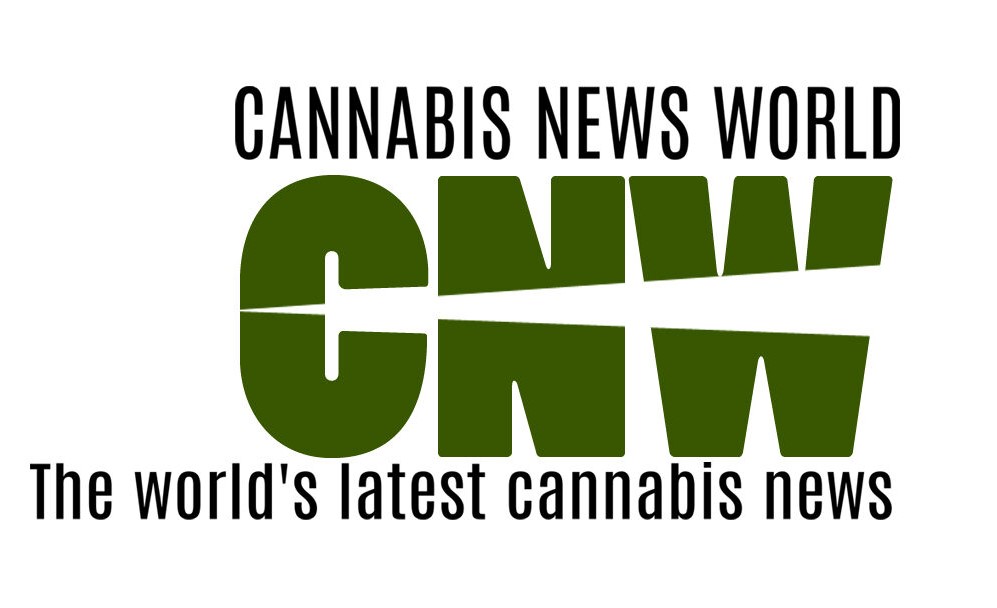Unveiling the Dark Side: How Meta’s Facebook Ad Algorithms Fuel the Rise of Bold Drug Ads

Introduction
Facebook, now known as Meta, has been a significant player in the digital advertising landscape for years. However, the platform’s ad algorithms have recently come under scrutiny for their role in promoting illicit drug advertisements. This article delves into the dark side of Meta’s ad algorithms, exploring how they inadvertently fuel the rise of bold drug ads.
The Role of Meta’s Ad Algorithms
Meta’s ad algorithms are designed to deliver personalized content to users based on their interests, behaviors, and demographics. These algorithms analyze vast amounts of data to predict what kind of content a user is likely to engage with and then serve ads accordingly. While this approach has proven effective for businesses looking to reach their target audience, it has also opened the door for less scrupulous advertisers to exploit the system.
How Drug Ads Slip Through the Cracks
Despite Meta’s policies prohibiting the promotion of illegal substances, some drug ads manage to slip through the cracks. These ads often use coded language or imagery to evade detection by Meta’s automated systems. For example, an ad might promote “party supplies” or use images of pills without explicitly mentioning drugs. Once these ads are live, the algorithm can inadvertently amplify their reach by serving them to users who have shown an interest in related content.
Case Study: The Rise of Bold Drug Ads
A recent investigation by The Washington Post revealed that drug dealers are increasingly using Facebook to sell opioids and other illegal substances. The report found that these dealers often use Facebook’s ad tools to target vulnerable populations, such as people with a history of substance abuse. This is a clear example of how Meta’s ad algorithms can be exploited to promote harmful content.
Statistics Highlighting the Issue
According to a 2020 report by the Tech Transparency Project, drug-related activity on Facebook has been on the rise. The report found that searches for terms like “buy drugs” returned numerous public groups where illegal substances were openly advertised. Furthermore, a 2021 study by the Center for Safe Internet Pharmacies found that 55% of Americans have seen ads for prescription drugs on social media, highlighting the scale of the issue.
Meta’s Response and Future Challenges
In response to these concerns, Meta has pledged to improve its detection systems and take stricter action against violators. However, the company faces significant challenges in this regard. The sheer volume of ads on the platform, combined with the sophisticated tactics used by drug dealers, makes it difficult to catch every illicit ad. Furthermore, the use of encrypted messaging apps like WhatsApp, which is also owned by Meta, complicates efforts to track and prevent illegal activity.
Conclusion
While Meta’s ad algorithms have revolutionized digital advertising, they have also inadvertently fueled the rise of bold drug ads. As the company moves forward, it must find a way to balance the benefits of personalized advertising with the need to protect users from harmful content. This will require ongoing investment in detection technology, stricter enforcement of ad policies, and greater transparency around how ads are served.
By C.N.W
Keywords:
Meta, Facebook, ad algorithms, drug ads, digital advertising, illicit substances, detection systems, personalized content, harmful content
Sources:
- The Washington Post. (2021). “Drug dealers on Facebook are targeting people with addiction.”
- Tech Transparency Project. (2020). “Facebook’s Drug Problem.”
- Center for Safe Internet Pharmacies. (2021). “Online Drug Sales: A Growing Epidemic.”


